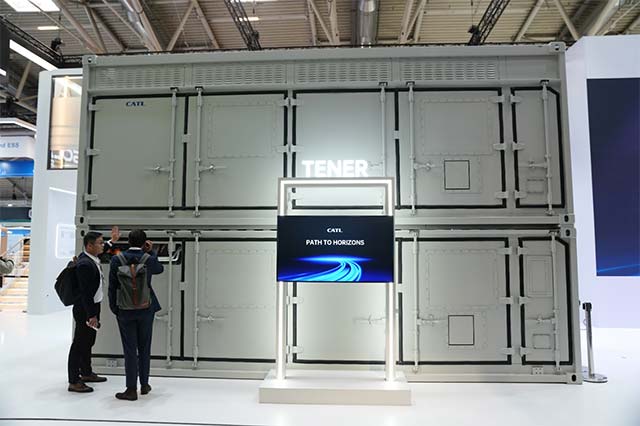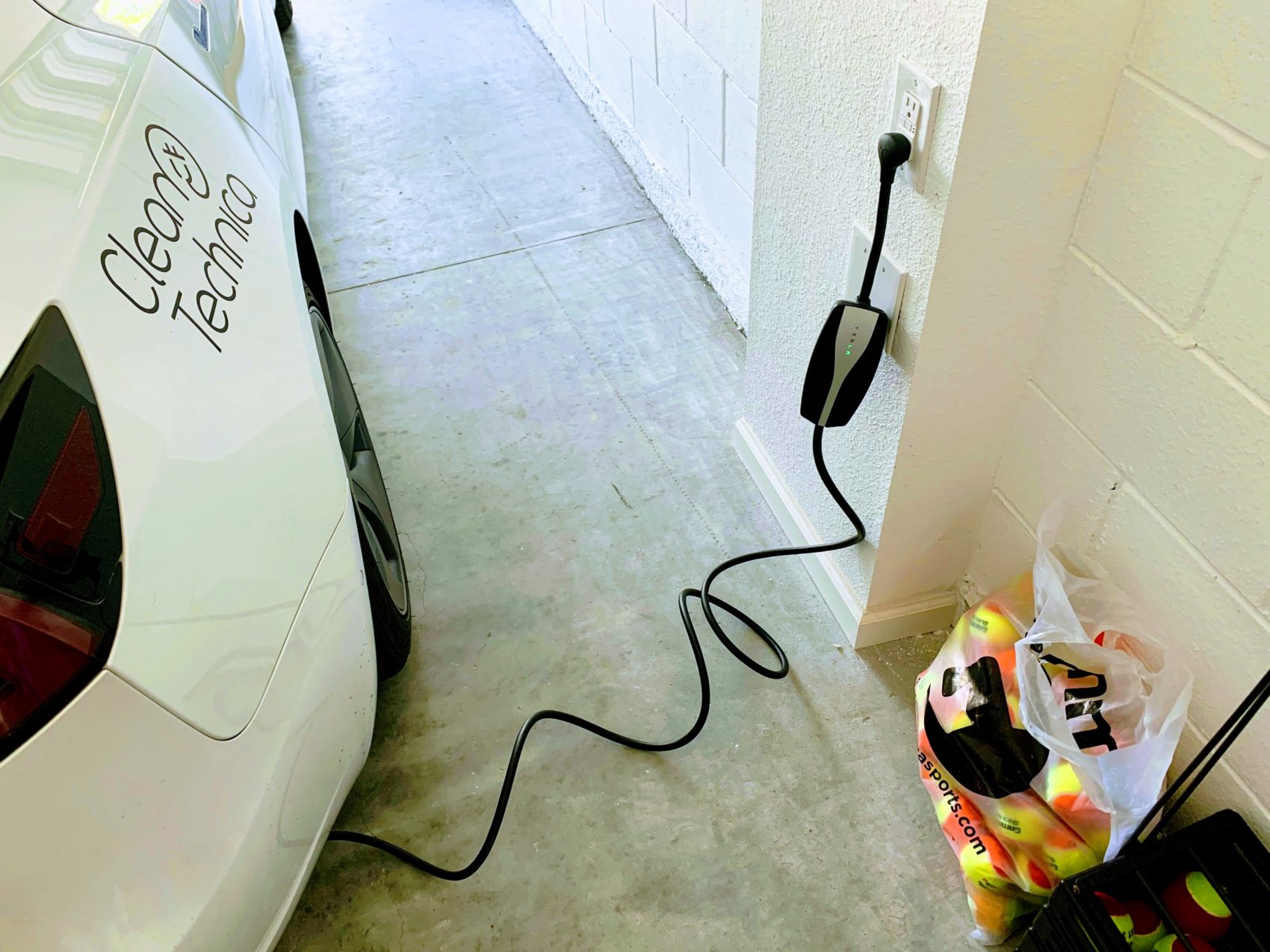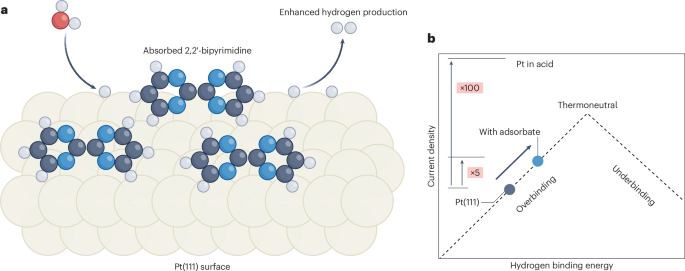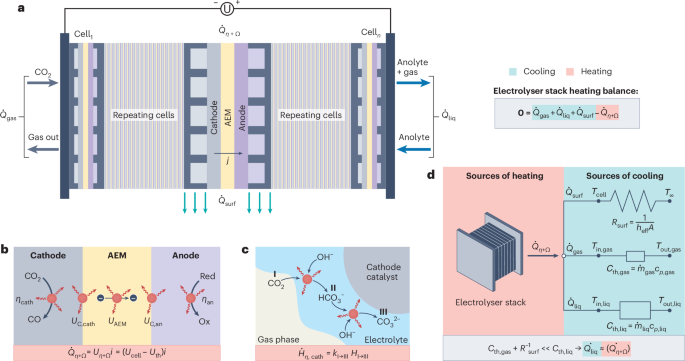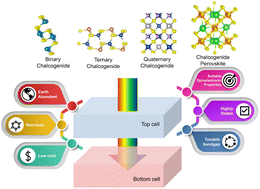Galvanic Cell‐Stimulated Mesenchymal Stem Cell Mesh for Enhanced Pelvic Organ Prolapse Treatment
Advanced Healthcare Materials, Volume 14, Issue 12, May 6, 2025.

A vagina-implantable electro-stimulated stem cell mesh (VECM) is patched onto the pelvic floor muscles to improve pelvic organ prolapse (POP). The Zn/Mo galvanic cell stimulates the mesenchymal stem cells (MSCs) in the biodegradable hydrogel with a physiological voltage. The activated MSCs proliferate and migrate to rejuvenate the pelvic floor muscles by increasing muscle strength and reducing local inflammation, thereby improving POP.
Abstract
Implantation of a mesh loaded with mesenchymal stem cells (MSCs) is a common approach for the treatment of pelvic organ prolapse (POP). The mesh provides effective support to pelvic floor, enhancing muscle contraction of pelvic organs while reducing inflammation. In this study, a fully degradable mesh is designed for the treatment of POP, utilizing MSCs stimulated by a galvanic battery-powered electric field. The bioelectronic mesh consists of two parts: a galvanic cell film and a porous hydrogel loaded with MSCs. The battery film has a flexible substrate, on which Zinc and Molybdenum film electrodes form a galvanic cell that discharges at up to 1.2 V, stimulating cell proliferation and migration of the MSCs pre-loaded in the hydrogel. The hydrogel provides anchoring and growth sites for the MSCs. The bioelectronic mesh elevates the production of elasticity-related and healing-related factors, enhancing the strength and elasticity of the pelvic tissue and promoting tissue regeneration for POP repair. Compared to traditional stem cell therapy, the local stimulation strategy significantly reduces inflammation in pelvic tissues. In addition, the bioelectronic mesh completely degrades after in vivo application, which avoids risks caused by surgical removal, demonstrating good biocompatibility in the implanted mesh.































